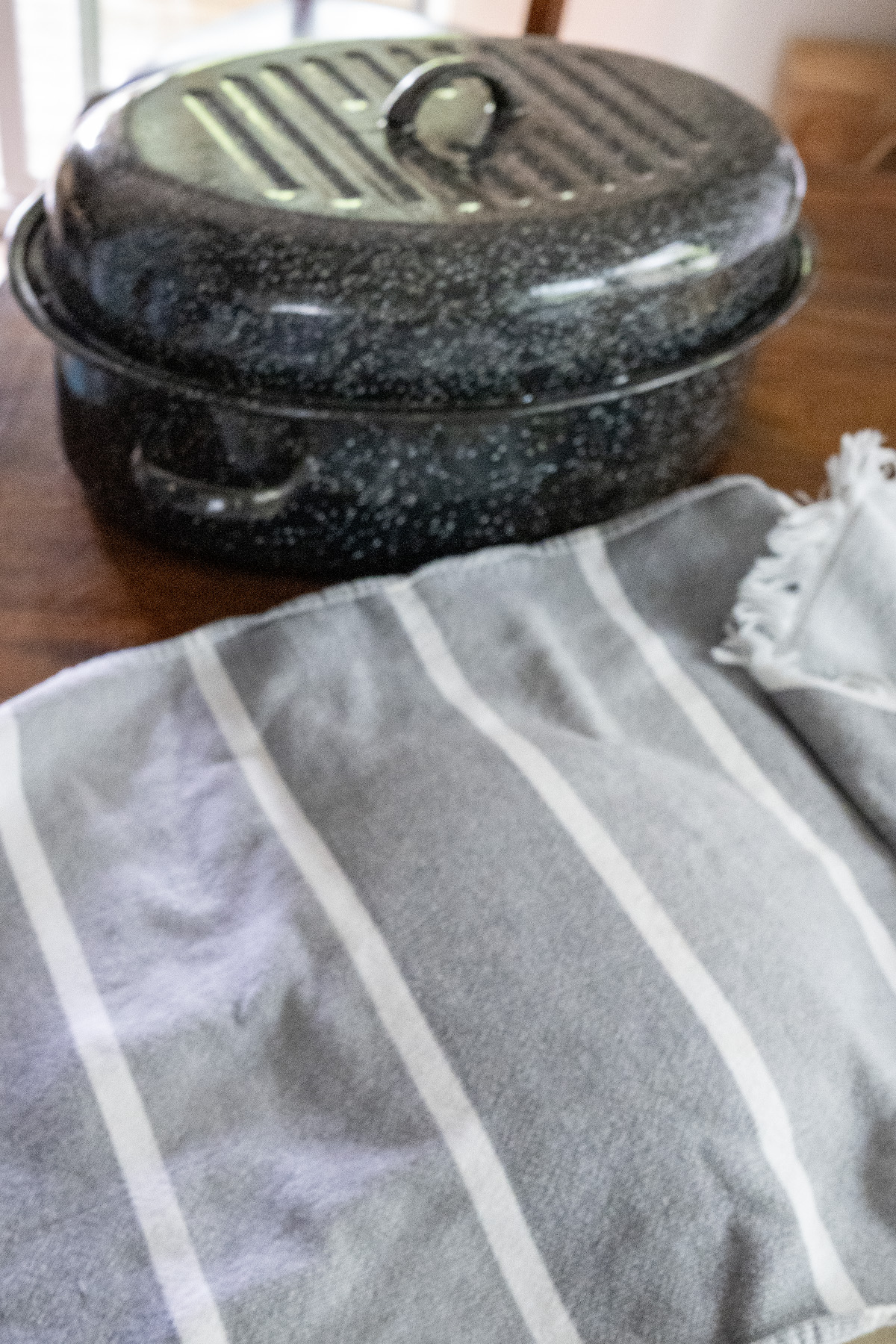How To Prevent Soggy Bread Bottoms
There’s nothing more disappointing than pulling a beautifully baked loaf out of the oven, only to find the bottom is soggy and dense. A soggy bread bottom can ruin the texture and flavor of your hard work, but don’t worry—this is a common issue with simple fixes! In this post, I’ll share practical tips to ensure your bread comes out with a crisp, golden crust every time.
Why Do Bread Bottoms Get Soggy?
Before diving into solutions, let’s understand the culprit: moisture. Soggy bottoms happen when excess moisture gets trapped under the loaf during or after baking (see example below where I failed to remove my hot loaf from the pan soon enough). This can result from improper cooling, inadequate baking, or even the wrong bakeware. Here’s how to tackle the problem step by step.

1. Use the Right Bakeware
The type of pan you use can make or break your bread’s crust:
- Opt for metal pans: Metal conducts heat better than glass or ceramic, promoting even browning and a crisper bottom. Dark metal pans absorb heat faster, so keep an eye on baking times to avoid over-browning.
- Try a baking stone or steel: For artisan breads, bake directly on a preheated baking stone, steel, or in a dutch oven. These absorb heat and draw moisture away from the dough, giving you a sturdy, crisp base.
- Avoid non-stick coatings: Some non-stick pans can trap moisture. If using them, consider lining with parchment paper for better airflow.

2. Preheat Your Oven Thoroughly
A hot oven is key to creating a good crust. Preheat your oven to ensure it’s fully heated, especially if using a baking stone, steel, or dutch oven (45 minutes). A properly heated oven helps the bread’s exterior set quickly, preventing moisture buildup.
3. Create Steam for Artisan Breads
For crusty breads like sourdough or baguettes, steam is your friend—but only early in the baking process.
- Open Bake: Place a shallow pan of hot water on the oven’s bottom rack or spritz the oven walls with water just before baking.
- Sourdough: Place a few ice cubes inside your hot roasting pan or dutch oven before covering it for baking. If baking your sourdough is in standard loaf pan, spritz the loaf with a little water before putting your other loaf pan on top to trap the steam.

Remove lids or pans of water after 30 minutes of baking to let the bread dry out and crisp up.
4. Elevate Your Loaf
Trapped heat and moisture under the loaf can lead to sogginess. To avoid this use a perforated pans such as my favorite USA Baking Pans (loaf pan, mini loaf pans, half sheet pan, square pan, 9×13 pan) or this baguette pan. These pans have holes or channels that allow air circulation, reducing moisture buildup.

5. Check for Doneness
Underbaked bread retains too much internal moisture, which seeps to the bottom as it cools. To ensure your bread is fully baked:
- Use a thermometer: The internal temperature of most breads should reach 190–210°F (88–99°C) when done.
- Tap the bottom: A fully baked loaf sounds hollow when tapped on the underside.
- Bake longer if needed: If the top is browning too fast, cover it with foil and extend baking time to evaporate excess moisture.

6. Cool Properly
Improper cooling is a major cause of soggy bottoms. Follow these steps:
- Remove from the pan: Let the loaf sit in the pan for no more than 10 minutes after baking to prevent steam from softening the crust.
- Cool on a wire rack: Place the bread on a wire rack to allow air to circulate fully around it. Avoid cooling on a solid surface like a countertop, which traps moisture.
- Don’t wrap too soon: Let the bread cool completely (1–2 hours) before wrapping or storing to avoid trapping residual steam.

7. Store Smart
Once cooled, store your bread properly to maintain that crisp crust:
- Use breathable wrapping: Wrap in a clean cloth or paper bag to allow some air circulation if you are storing a crusty loaf of bread. Plastic bags can trap moisture and soften the crust, which is perfect for softer sandwich bread loafs or rolls.
- Avoid refrigeration: Refrigerators can make bread go stale faster and promote sogginess. Store at room temperature for 2–3 days or freeze for longer storage.
For more details on storing your baked goods, check out my post that delves into how to store baked goods.
Bonus Tip: Experiment with Dough Hydration
High-hydration doughs (like ciabatta or sourdough) are more prone to soggy bottoms because they contain more water. If you’re struggling, try reducing the water in your recipe slightly or extending the baking time to ensure the extra moisture evaporates.
Final Thoughts
A soggy bread bottom doesn’t have to be the end of your baking dreams. With the right tools, techniques, and a little attention to detail, you can achieve that perfect, crisp crust every time. Try these tips in your next bake, and let me know how it goes in the comments below!
Happy baking!
As an Amazon Associate, I earn from qualifying purchases at no extra cost to you. Thank you for your support!

One Comment